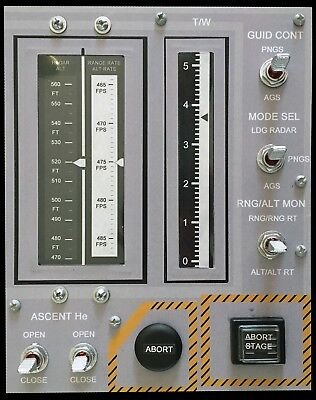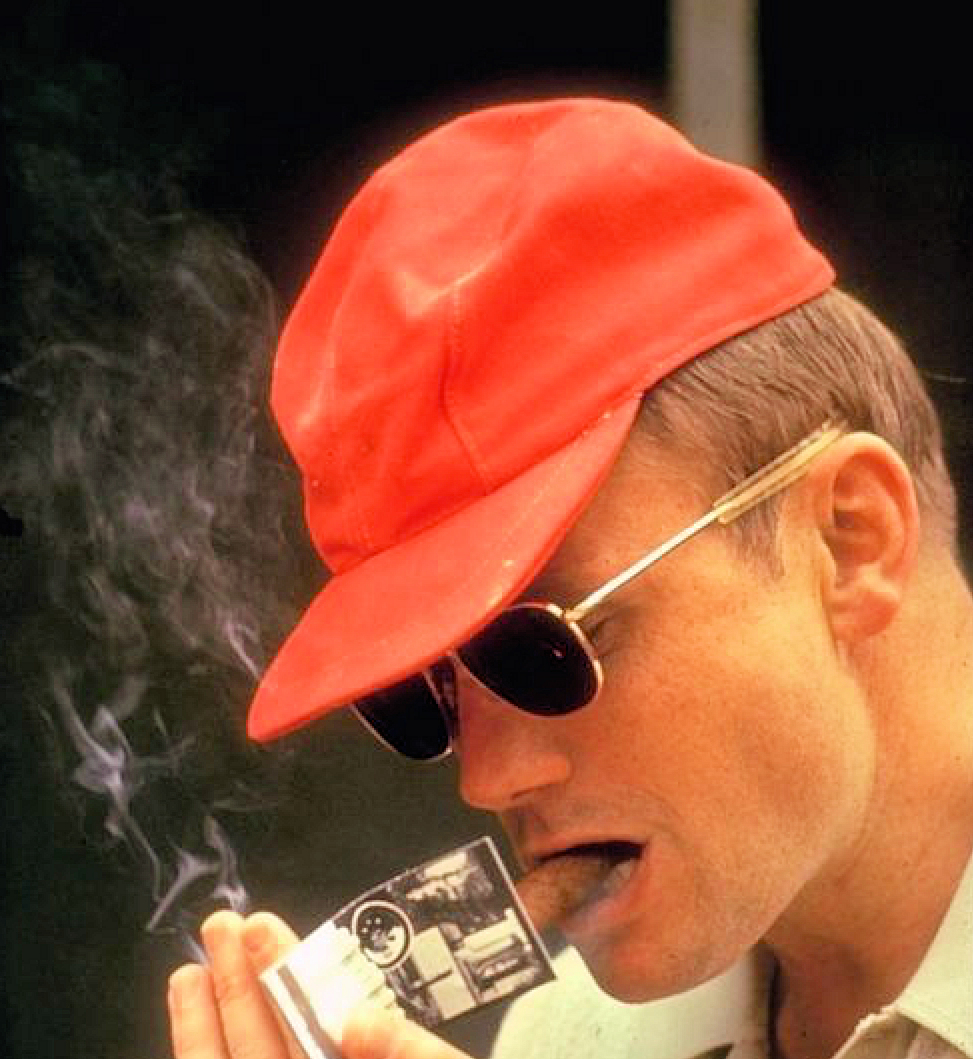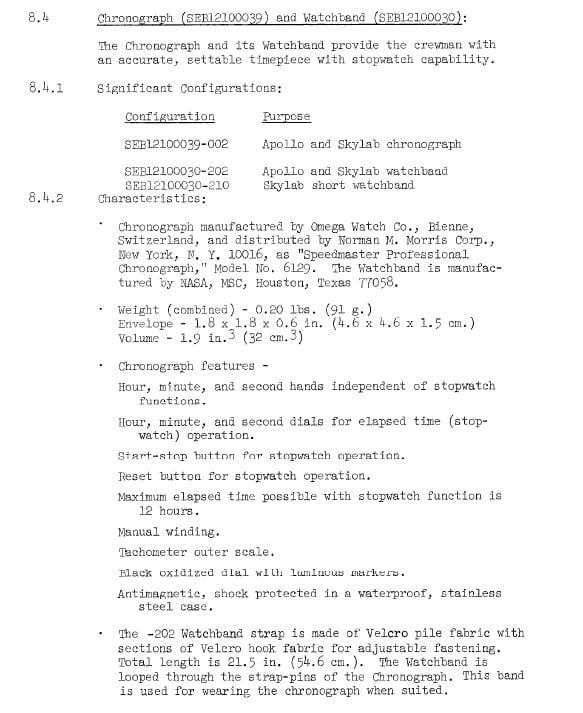Omegafanman
·I have been guilty of telling people one of the reasons Nasa selected the speedy was Hesalite/acrylic crystal does not smash and create glass fragments. I have seen the story repeated on a number or reputable influencer websites over the years.
‘’NASA chose it because, unlike a sapphire crystal, it would not break into tiny fragments if broken’’
I saw comments from a certain space chimp on this forum which got me thinking is this true and how could I check it with my limited time and resources…
Glass is not conductive but it can puncture equipment and cause external (and if ingested) internal injury so there is some potential for a mission to be jeopardised. Logically the story all makes sense.
It does look like after the speedy passed the onerous NASA tests to achieve flight certification Omega did offer to swap for Sapphire crystal but NASA said no (any documented proof or information appreciated). In hindsight all this proves is that NASA wanted the watches supplied as tested which makes sense, any engineer knows introducing a new material invalidates the original tests, plus if you can take COTs (commercial off the shelf) unmodified product then why complicate things?
I can’t see any documentation or information in the original NASA tests which specifies no glass crystal and I am interested if anyone knows what crystal the other tested watches used?
So far so nothing… Instead I decided to find out what NASA thought about glass and did anything ever break on the missions. That information has made me rethink and jumping to a conclusion while Hesalite may have some beneficial failure mode characteristics, I now think this was a lucky coincidence and not part of the selection criteria for the Speedmaster. I still love Hesalite by the way.
If you have got this far this is what changed my mind: -
The Apollo Experience Report Spacecraft Structural Windows 1973 states that the optics and instrument covers were not considered as structural, so not subject to design qualification which would have helped preclude failures and steps were taken to remedy this after Apollo 15.
Why Apollo 15… well the New York Times reported on 29/07/1971 that on inspection after launch the Astronauts found an instrument dial glass in the Lunar Module had shattered (the range/range-rate instrument pictured below).
It is a lot bigger than any watch crystal. Mission transcripts (examples pictured below) dated 27th make various references to cleaning the fragments with sticky tape and thanks to a partnership with Black and Decker also the first portable vacuum cleaner ‘Dust Buster’. This all leads me to think that watch crystal glass material would not have been a top design priority in 1965.
Another relevant item which I have limited information on are the super cool USAF approved American Optical pilot sunglasses ‘flight goggle’ issued to all the crews (pictured). I think these had glass lenses (any clarification gratefully received) so this could be another good example that glass was not banned. It was 1972 before the FDA regulated that all sunglasses must be shatter resistant and I believe like the vacuum cleaner another NASA spin off at that time was scratch resistant plastic lenses (thanks to previous research from NASA’s Dr Ted Wydeven).
Of course, the helmets were all eye wateringly expensive high strength polycarbonate and the spacecraft windows were all very specialised laminates – but based on my initial research I can’t see any evidence there was a plastic/acrylic only remit for smaller items at the time the Speedy was selected.
This post is already too long, but I have enjoyed researching the data so far. It is amazing how many technologies have spawned from the space race. Any extra information appreciated. As a speedy fan I was a bit disappointed with my conclusion so will be very happy to be proved wrong. I should also say a big thanks to the NASA team and all the wonderful people who post this info online.
‘’NASA chose it because, unlike a sapphire crystal, it would not break into tiny fragments if broken’’
I saw comments from a certain space chimp on this forum which got me thinking is this true and how could I check it with my limited time and resources…
Glass is not conductive but it can puncture equipment and cause external (and if ingested) internal injury so there is some potential for a mission to be jeopardised. Logically the story all makes sense.
It does look like after the speedy passed the onerous NASA tests to achieve flight certification Omega did offer to swap for Sapphire crystal but NASA said no (any documented proof or information appreciated). In hindsight all this proves is that NASA wanted the watches supplied as tested which makes sense, any engineer knows introducing a new material invalidates the original tests, plus if you can take COTs (commercial off the shelf) unmodified product then why complicate things?
I can’t see any documentation or information in the original NASA tests which specifies no glass crystal and I am interested if anyone knows what crystal the other tested watches used?
So far so nothing… Instead I decided to find out what NASA thought about glass and did anything ever break on the missions. That information has made me rethink and jumping to a conclusion while Hesalite may have some beneficial failure mode characteristics, I now think this was a lucky coincidence and not part of the selection criteria for the Speedmaster. I still love Hesalite by the way.
If you have got this far this is what changed my mind: -
The Apollo Experience Report Spacecraft Structural Windows 1973 states that the optics and instrument covers were not considered as structural, so not subject to design qualification which would have helped preclude failures and steps were taken to remedy this after Apollo 15.
Why Apollo 15… well the New York Times reported on 29/07/1971 that on inspection after launch the Astronauts found an instrument dial glass in the Lunar Module had shattered (the range/range-rate instrument pictured below).
It is a lot bigger than any watch crystal. Mission transcripts (examples pictured below) dated 27th make various references to cleaning the fragments with sticky tape and thanks to a partnership with Black and Decker also the first portable vacuum cleaner ‘Dust Buster’. This all leads me to think that watch crystal glass material would not have been a top design priority in 1965.
Another relevant item which I have limited information on are the super cool USAF approved American Optical pilot sunglasses ‘flight goggle’ issued to all the crews (pictured). I think these had glass lenses (any clarification gratefully received) so this could be another good example that glass was not banned. It was 1972 before the FDA regulated that all sunglasses must be shatter resistant and I believe like the vacuum cleaner another NASA spin off at that time was scratch resistant plastic lenses (thanks to previous research from NASA’s Dr Ted Wydeven).
Of course, the helmets were all eye wateringly expensive high strength polycarbonate and the spacecraft windows were all very specialised laminates – but based on my initial research I can’t see any evidence there was a plastic/acrylic only remit for smaller items at the time the Speedy was selected.
This post is already too long, but I have enjoyed researching the data so far. It is amazing how many technologies have spawned from the space race. Any extra information appreciated. As a speedy fan I was a bit disappointed with my conclusion so will be very happy to be proved wrong. I should also say a big thanks to the NASA team and all the wonderful people who post this info online.







